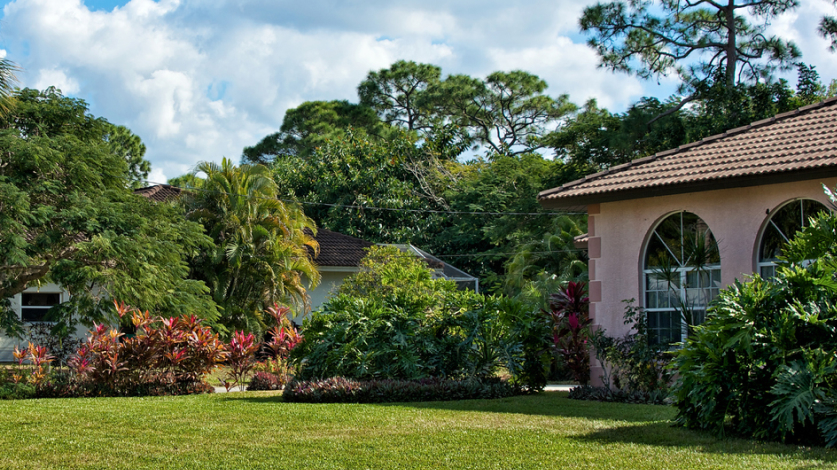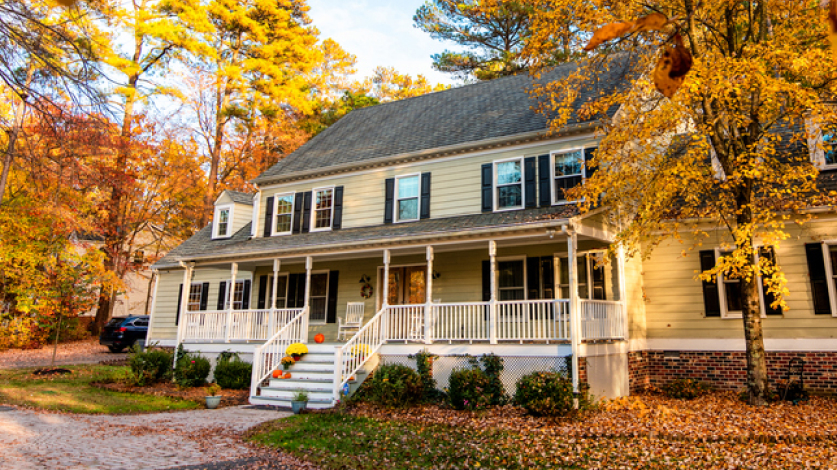Choosing the best grass for Texas lawns isn’t a one-size-fits-all decision. From humid Gulf Coast breezes to arid West Texas winds, and from sandy loam in the east to black clay in the north, soil and climate make grass selection essential to a thriving lawn.
Texas’ sheer size brings unique challenges: North Texans face winter cold snaps, South Texans battle year-round heat, and some areas struggle with salt spray, Hill Country homeowners deal with alkaline soils and West Texans counter drought. Each micro-region calls for a tailored approach to grass type, mowing and watering.
That’s where TruGreen comes in. Serving more than a dozen Texas metro areas, TruGreen’s local specialists match the right grass variety and care plan to your lawn. Whether revitalizing an Irving yard or starting fresh in Corpus Christi, TruGreen knows the climate, soil and grasses that thrive in your neighborhood.
In this guide, you’ll find region-by-region recommendations for Bermuda, St. Augustine, Zoysia, Buffalo grass and more, plus practical tips for watering, fertilizing, mowing and pest prevention to keep your lawn green and resilient year-round.


 Branch Finder
Branch Finder
















 Back to all blogs
Back to all blogs

Facebook
X
Youtube
Copy Link
Email